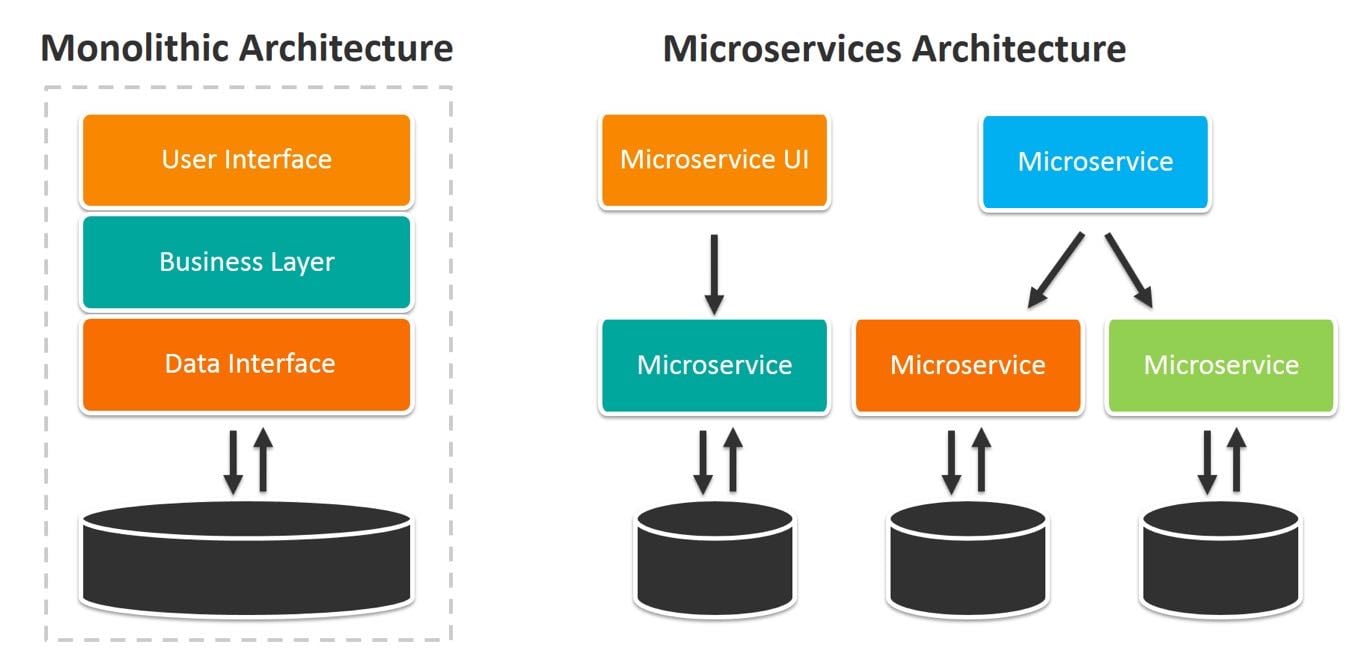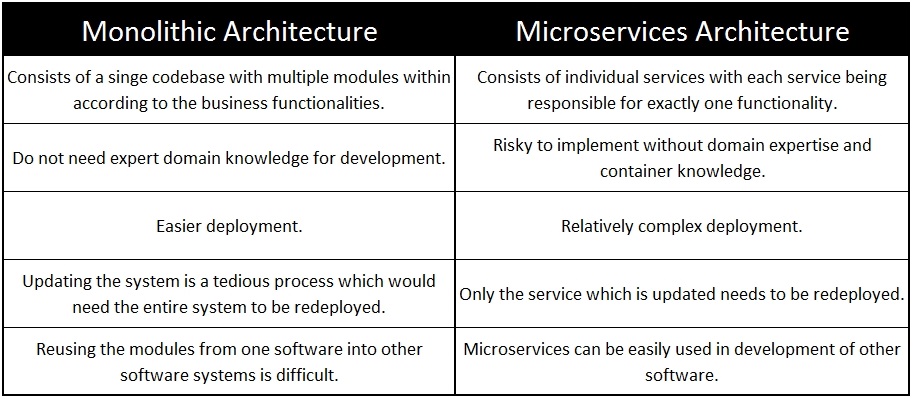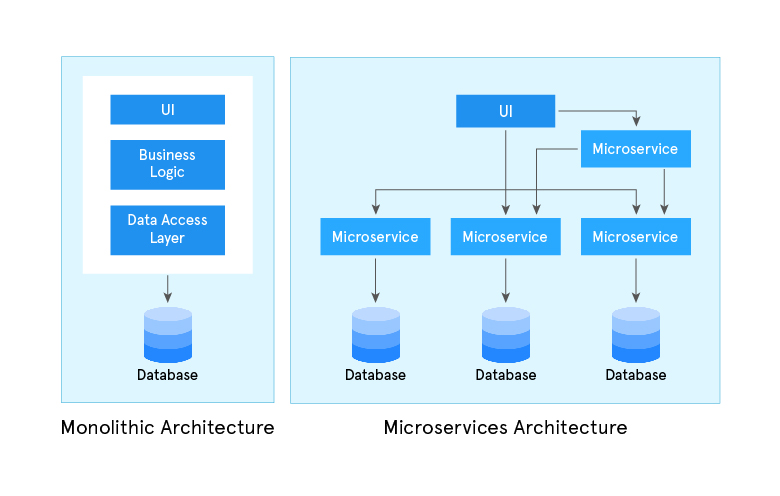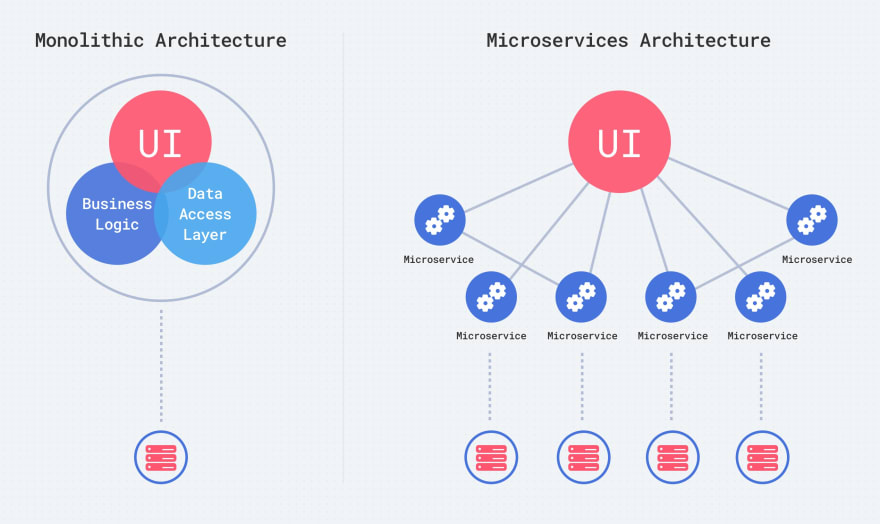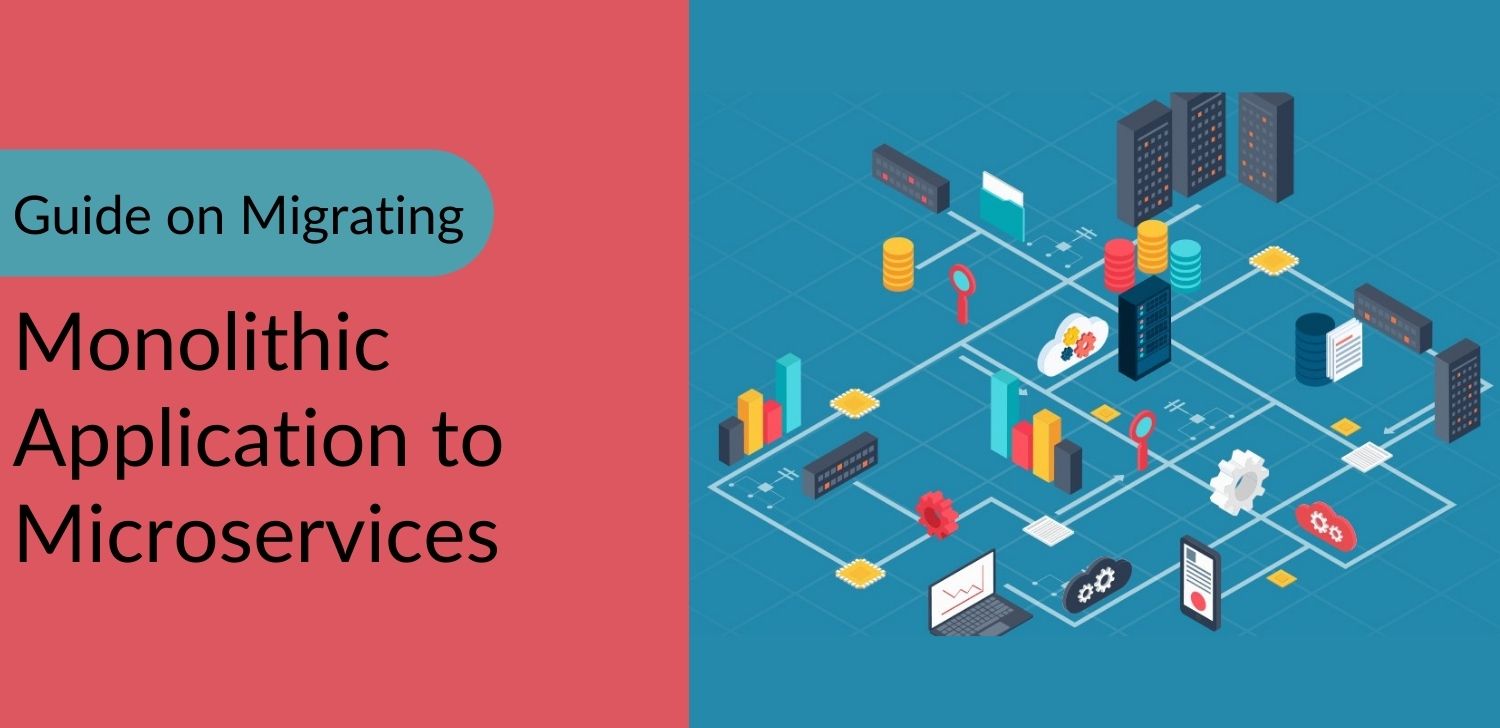Monolithic Applications: A General Overview
In the realm of software development, understanding the fundamental concepts is essential for creating efficient and scalable systems. One such concept is the monolithic application, a traditional approach to building software systems. A monolithic application is a single-tiered software application in which the user interface and data access code are combined into a single program. This structure often includes a database and a client-side user interface, all interconnected within the application.
The monolithic application has been a popular choice for many years due to its simplicity and ease of development. However, as software systems have grown in complexity, the limitations of monolithic applications have become more apparent. Nonetheless, understanding what is a monolithic application remains crucial for developers, as these systems continue to play a vital role in the modern software landscape.
Key Characteristics of Monolithic Applications
At the heart of a monolithic application lie several key characteristics that define its structure and functionality. These applications are built using tightly-coupled components, meaning that the various parts of the system are highly interconnected and interdependent. This tight coupling results in a single deployable unit, where all components are packaged and deployed together.
Monolithic applications also share resources, such as memory and storage, among their various components. This shared resource model can lead to improved resource utilization and simplified management. However, it also introduces potential bottlenecks and challenges in scaling individual components.
While monolithic applications have their advantages, such as simplicity and ease of development, they also have limitations. The tightly-coupled architecture can make it difficult to modify or scale individual components without affecting the entire system. Additionally, deploying updates or bug fixes often requires redeploying the entire application, which can be time-consuming and resource-intensive.
How Monolithic Applications Function
Monolithic applications follow a traditional request-response cycle, where the client sends a request to the server, and the server processes the request and sends a response back to the client. The application’s components are organized into layers, such as the presentation layer, the application logic layer, and the data access layer. Each layer handles specific tasks, such as user interface rendering, business logic processing, and data storage, respectively.
Data flows sequentially through these layers in a monolithic application. When a client request is received, it first passes through the presentation layer, where it is processed and transformed into a format suitable for the application logic layer. The application logic layer then performs the necessary business logic and interacts with the data access layer to retrieve or update data. Once the data access layer has completed its tasks, the results are passed back up the layers, ultimately reaching the presentation layer, which formats the response and sends it back to the client.
Monolithic applications can also integrate with external systems, such as databases, message queues, or web services, to extend their functionality. These integrations are typically implemented using APIs or specialized libraries, allowing the application to communicate with external resources seamlessly.
For example, consider an e-commerce application that allows users to browse products, add them to a cart, and complete a purchase. The monolithic application handling this process would include components for handling user interface rendering, managing user sessions, processing payments, and updating inventory. All these components would be tightly integrated within a single deployable unit, sharing resources and communicating directly with one another.
When to Use Monolithic Applications
Monolithic applications have their place in the modern software development landscape, particularly in specific scenarios where their advantages outweigh their limitations. These scenarios include:
- Small-scale projects: Monolithic applications are well-suited for small projects with limited functionality and a straightforward architecture. They are easier to develop, deploy, and manage in such cases, allowing developers to focus on delivering functionality quickly and efficiently.
- Tight deadlines: Monolithic applications can be developed and deployed more rapidly than their distributed counterparts, making them an ideal choice for projects with tight deadlines. The simplicity of their architecture enables developers to quickly implement features and deliver a working product.
- Limited resources: Monolithic applications can be more resource-efficient than microservices-based architectures, as they share resources within a single deployable unit. This shared resource model can be beneficial in environments with limited hardware or infrastructure resources.
Moreover, monolithic applications offer several benefits that make them an attractive choice in certain situations. They are generally easier to develop, as developers can work on a single codebase without needing to coordinate with other teams or manage inter-service communication. Monolithic applications are also easier to deploy, as they consist of a single deployable unit, reducing the complexity of deployment processes and infrastructure requirements.
Furthermore, monitoring and debugging monolithic applications can be simpler due to their centralized architecture. Developers can easily trace requests through the application layers, identify bottlenecks, and diagnose issues without needing to navigate multiple services or correlate events across different systems.
Alternatives to Monolithic Applications: Microservices and Service-Oriented Architecture
As the software development landscape has evolved, alternative approaches to monolithic applications have emerged, such as microservices and service-oriented architecture (SOA). These architectures aim to address the limitations of monolithic applications by promoting loose coupling, modularity, and scalability.
Microservices
Microservices are a distributed architecture where an application is composed of small, independently deployable services that communicate through APIs. Each microservice is responsible for a specific functionality, allowing for greater modularity and maintainability compared to monolithic applications. This architecture enables teams to develop, deploy, and scale services independently, reducing the complexity and overhead associated with monolithic applications.
Service-Oriented Architecture (SOA)
Service-Oriented Architecture (SOA) is an architectural pattern that structures an application as a collection of loosely coupled services. SOA promotes the reuse and composition of services, enabling developers to create flexible and modular applications. While SOA can be implemented using various technologies and frameworks, it typically involves the use of an Enterprise Service Bus (ESB) to manage service communication and orchestration.
Both microservices and SOA offer advantages over monolithic applications, such as increased modularity, scalability, and resilience. However, they also come with their own set of challenges, including increased complexity, operational overhead, and the need for specialized skills and tools to manage distributed systems.
Strategies for Modernizing Monolithic Applications
As software systems evolve, monolithic applications may need to be modernized to address scalability, maintainability, and performance concerns. Various strategies can be employed to modernize monolithic applications, each with its unique benefits and challenges.
Breaking Monolithic Applications into Microservices
One approach to modernizing monolithic applications is to break them down into microservices. This strategy involves decomposing the monolithic application into smaller, independently deployable services that communicate through APIs. By doing so, teams can develop, test, and deploy services independently, reducing the complexity and overhead associated with monolithic applications.
Implementing API Gateways
API gateways can be used to provide a unified entry point for accessing monolithic application functionality. By implementing an API gateway, teams can decouple the client from the monolithic application, enabling them to evolve the application independently. Additionally, API gateways can provide features such as rate limiting, authentication, and caching, enhancing the overall security and performance of the application.
Adopting Containerization Technologies
Containerization technologies, such as Docker, can be employed to modernize monolithic applications. By containerizing the application, teams can encapsulate the application and its dependencies within a lightweight, portable runtime environment. Containerization enables teams to simplify deployment, improve resource utilization, and enhance scalability compared to traditional virtualization techniques.
Each strategy for modernizing monolithic applications has its advantages and challenges. Breaking monolithic applications into microservices can improve maintainability and scalability but may introduce additional complexity and operational overhead. Implementing API gateways can decouple the client from the application, but may require additional infrastructure and management efforts. Adopting containerization technologies can simplify deployment and improve resource utilization, but may require specialized skills and tools to manage containerized environments effectively.
Best Practices for Building and Managing Monolithic Applications
Adhering to best practices in building and managing monolithic applications can help ensure maintainability, scalability, and long-term success. Here are some best practices to consider:
Code Organization
Organize the codebase into logical modules or packages based on functionality. This approach can help reduce complexity, improve code readability, and facilitate collaboration among team members. Additionally, consider adopting a consistent coding style and naming conventions to maintain code consistency and ease of maintenance.
Testing
Implement a comprehensive testing strategy that includes unit tests, integration tests, and end-to-end tests. Testing can help ensure that the application functions as intended, catch bugs early in the development process, and reduce the risk of introducing regressions. Automate testing wherever possible to improve efficiency and ensure consistent test coverage.
Deployment Strategies
Establish a robust deployment strategy that includes practices such as continuous integration, continuous delivery, and version control. These practices can help ensure that changes are properly tested, reviewed, and deployed in a controlled and predictable manner. Implementing blue-green or canary deployment strategies can also help minimize downtime and reduce the risk of deployment-related issues.
By following these best practices, teams can build and manage monolithic applications more effectively, ensuring maintainability, scalability, and long-term success. However, it’s important to note that these practices are not exhaustive and that teams should continually evaluate and adapt their processes to meet the evolving needs of their software systems.
Conclusion: Monolithic Applications in the Modern Software Landscape
Monolithic applications have played a significant role in the evolution of software development, providing a traditional and straightforward approach to building applications. Understanding the key characteristics, advantages, and limitations of monolithic applications is essential for developers to make informed decisions when designing software systems.
Monolithic applications are characterized by tightly-coupled components, a single deployable unit, and shared resources. While these characteristics can lead to advantages such as simplicity, ease of development, deployment, and monitoring, they also come with limitations, such as reduced modularity, scalability, and maintainability.
In the modern software landscape, alternatives to monolithic applications, such as microservices and service-oriented architecture (SOA), have emerged, offering greater modularity, scalability, and maintainability. However, monolithic applications remain relevant and continue to be a viable choice for small-scale projects, applications with limited functionality, or projects with tight deadlines.
When building and managing monolithic applications, it’s crucial to follow best practices, such as code organization, testing, and deployment strategies, to ensure maintainability and scalability. By adhering to these best practices, teams can build and manage monolithic applications effectively, ensuring long-term success and meeting the evolving needs of their software systems.

